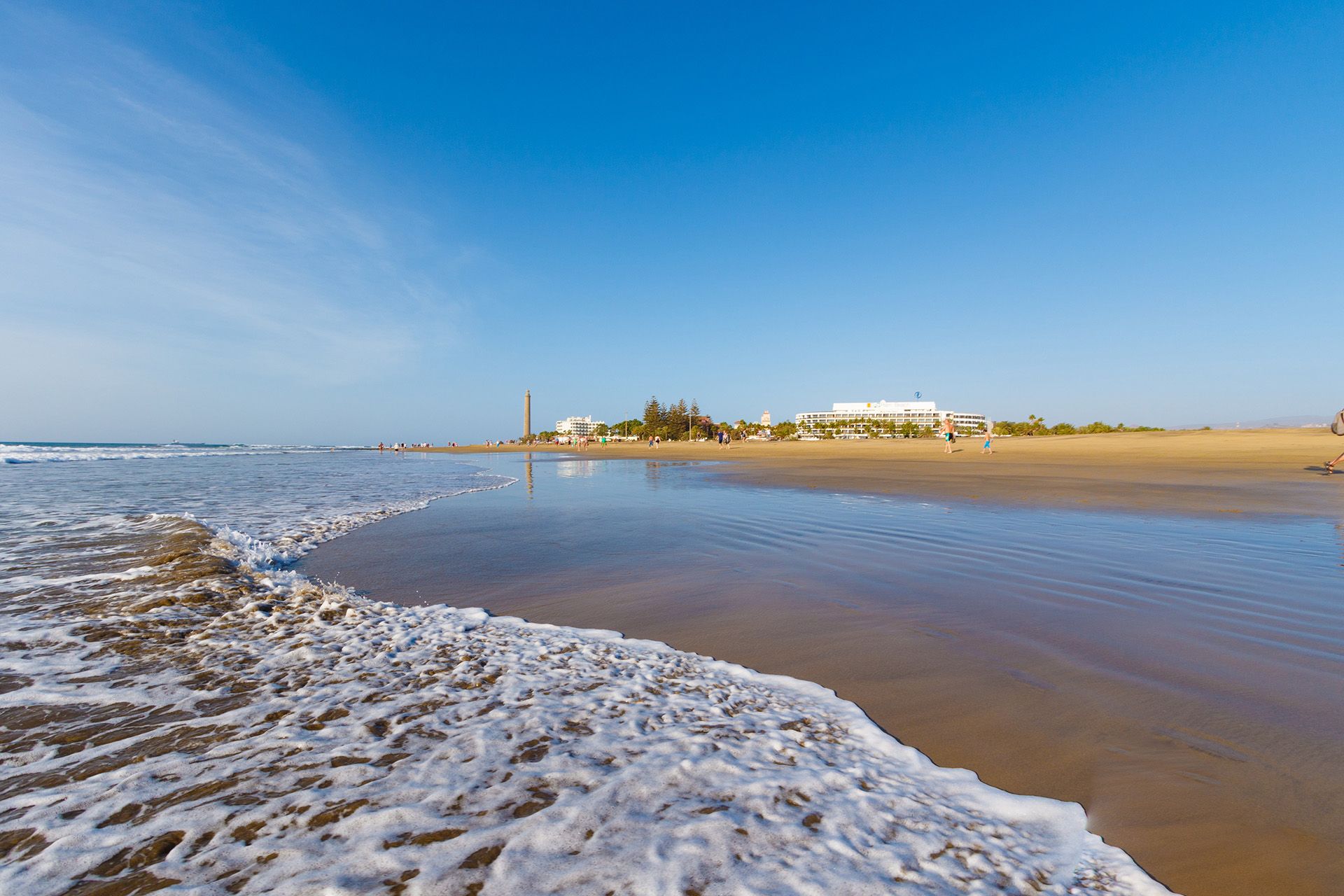What are the best beaches to visit in Spain?
The best beaches in Spain aren’t always the ones you see in glossy travel guides. Some are remote and windswept. Others sit just outside the usual tourist trail. What matters is that they offer more than a place to lie down.
If you’re planning a trip to Spain, aim for variety. Head to Galicia for raw Atlantic power – Praia de Niñóns and As Catedrais are good places to start. Down south, Bolonia delivers wide sands and Roman ruins without the crowds. On the islands, Ses Illetes in Formentera still holds onto its laid-back edge. In the north, beaches like Gulpiyuri and Zarautz mix coastal drama with something distinctly local.
The best time to visit Spain for the coast is late spring or early autumn. You’ll dodge the worst of the heat and the busiest weeks. July and August can be a gamble – great for swimming, less great for space.
These are the places that earn their reputation. No gimmicks, no fake charm. Just strong contenders for the best places to visit in Spain – and a solid foundation for any beach-focused Spain itinerary.
1. Playa de Bolonia, Andalucía
Bolonia sits at the edge of Andalucía’s Atlantic coast, just west of Tarifa. It’s remote, low-key, and one of the few beaches in southern Spain that hasn’t been overdeveloped. No hotels are towering over the sand, no music pumping from beach clubs – just wind, waves, and space to breathe.
The beach is a wide curve of pale sand, backed by scrubland and the shifting Duna de Bolonia, a dune that climbs over 30m high. At one end, the ruins of Baelo Claudia offer a rare mix: you can swim in the sea, then walk through a Roman forum. It’s a standout among beaches in Spain – rugged, quiet, and completely unspoiled.
There are a handful of simple places to stay in Andalucia nearby, mostly rural guesthouses and family-run B&Bs. Nothing fancy – and that’s the appeal.
How to get to Bolonia
Take the N-340 west from Tarifa, then turn off near Facinas. The final 7km winds through hills – narrow, slow, but scenic. There's no public transport; you’ll need a car.
When to visit Bolonia
May, June, and September are ideal – warm days, fewer people, and strong winds for dune watching (or windsurfing nearby). August gets busy and hot, especially on weekends.

















